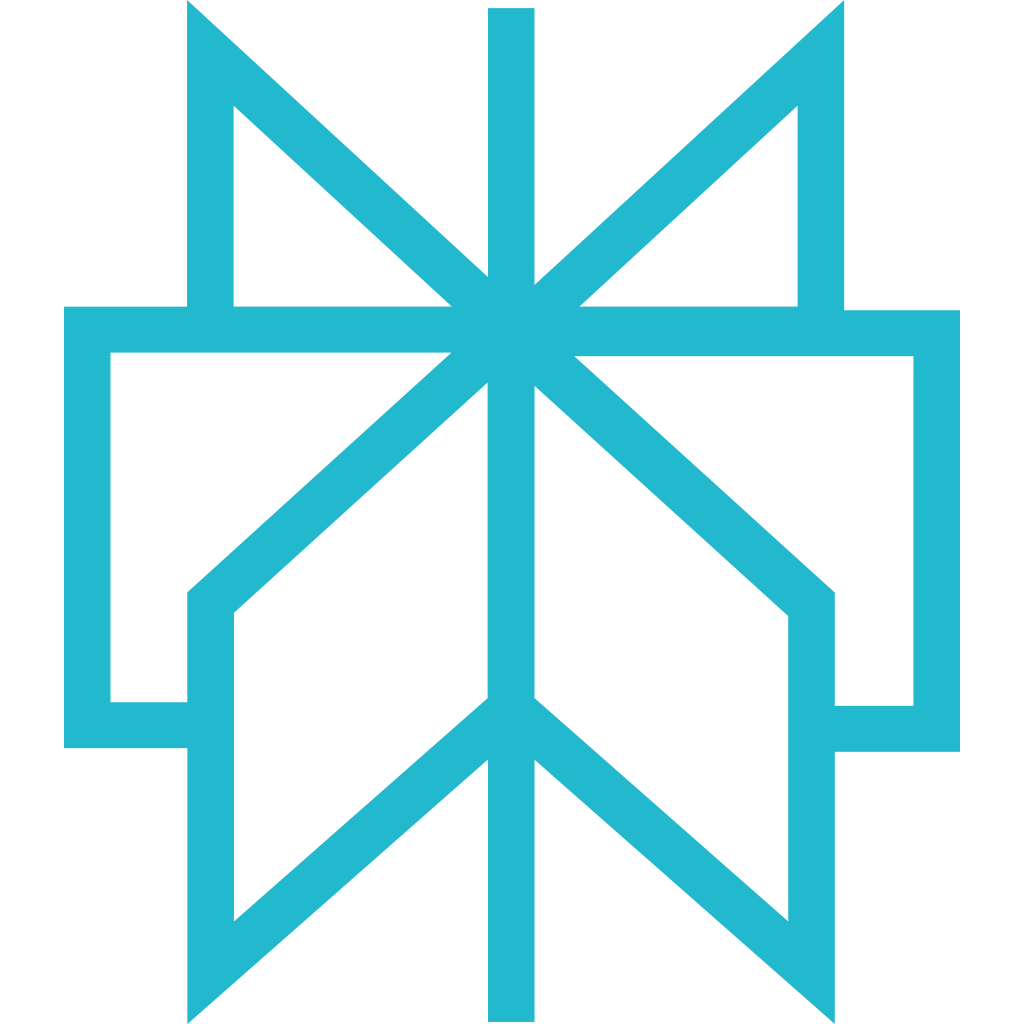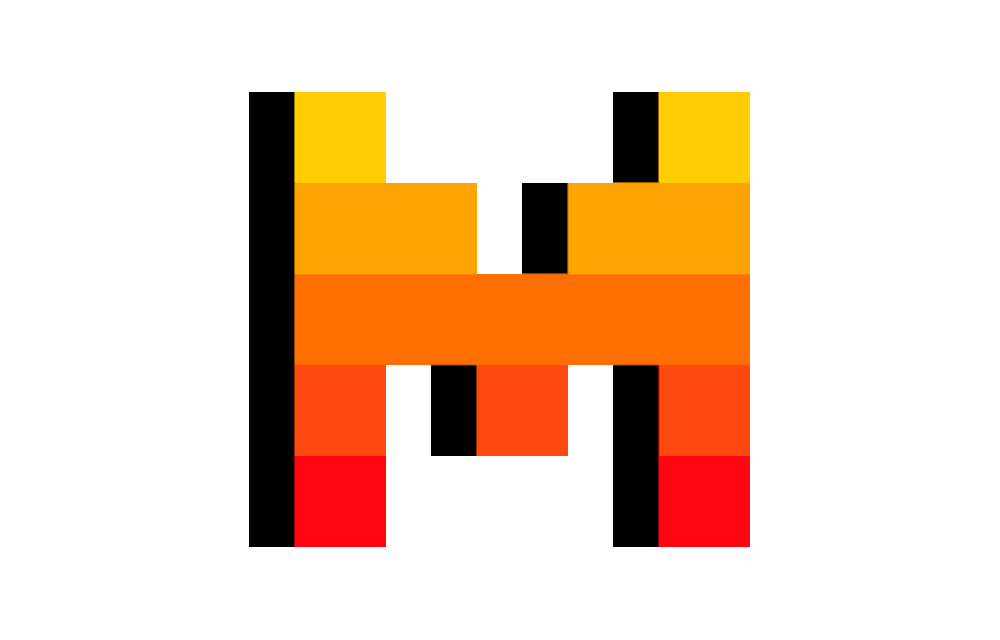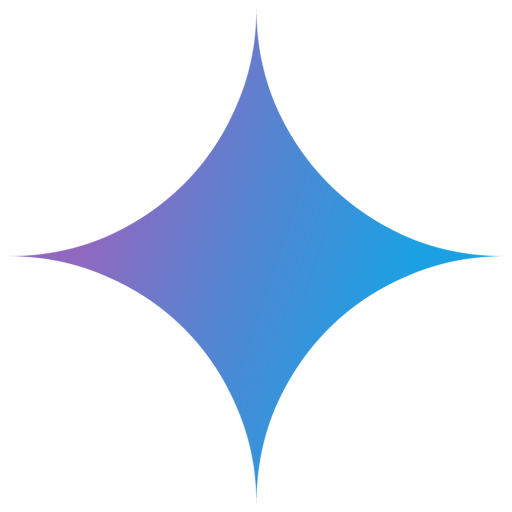In this article, you'll discover how bringing together customer education and product development can create a smoother user experience, boost engagement, and help customers unlock the full value of your product.
Are your customers overlooking some of your product's best features? Do they seem confused or overwhelmed when navigating your platform? Is user engagement not where you’d like it to be?
If you’re nodding along, the problem might not be with your product itself, but with how your customers are educated about it. What if there was a way to turn things around by connecting your product development directly with customer education?
In this article, you'll discover how bringing together customer education and product development can create a smoother user experience, boost engagement, and help customers unlock the full value of your product. We also share some quotes from Simona Dimitrova, Head of Education at Pennylane, shared during a recent webinar with us to help you understand how to make this work for your business.
Outline
- Introduction
- Why Customer Education Needs to Be Part of Product Development
- Creating Educational Content Alongside Product Features
- Educating Users About Advanced Features
- Using Customer Feedback to Improve Both Education and Product
- Enhancing Product Launches with Education
- Building a Stronger Product with Integrated Education
- How MeltingSpot Can Turn Every Product Update into a Success Story
Why Customer Education Needs to Be Part of Product Development
When a new feature is released, it can be easy to assume that customers will immediately see its value and start using it. But often, customers either overlook these updates or feel unsure about how to use them effectively. This is why customer education is important as it connects the dots between what a product offers and how customers experience it.
Customer education is not just about showing people how to use a feature but about helping them understand why it matters and how it can solve their problems or make their lives easier.
As Simona Dimitrova said “Every new feature we launch comes with its own learning curve for users. By working closely with the product team from the start, we ensure that our education materials are ready to go at launch, helping users quickly adopt and benefit from the new features.”
At Pennylane, they’ve learned that launching a feature isn’t just about the tech. It’s about making sure customers have the right tools - like easy guides, quick tutorials, or webinars - to get up to speed fast. This way, customers don’t get frustrated or left in the dark; they’re ready to make the most of what’s new.
When you make customer education a key part of developing new features, everything clicks into place. Customers quickly understand how to use what’s new, feel confident navigating updates, and get more value from your product. It keeps them engaged, satisfied, and coming back for more.
Did You Know? Finding the right customer education platform can make all the difference, so we’ve put together a guide on the top customer education platforms to help you make the perfect choice.
Creating Educational Content Alongside Product Features
To help customers get the most out of new features, it’s important to think about education from the very beginning. Creating educational content while developing new features ensures that when a feature is launched, customers already have the tools they need to understand and use it.
This might mean crafting step-by-step guides, designing video tutorials, or planning webinars that walk users through the changes. By having this content ready as soon as a feature goes live, you make it easy for customers to learn without frustration or delay. They don’t have to figure things out on their own as everything they need is right there, at their fingertips.
By developing educational resources alongside product updates, you’re doing more than just launching new features - you’re giving your customers the support they need to succeed. They can then explore the full value of what’s new without any confusion, which will boost their confidence and make them more likely to keep engaging with your product. Plus, it shows that you’re invested in their experience, not just in the product itself.
In the end, this strategy leads to happier customers who feel more connected to your product, use it more effectively, and stay loyal for the long term.
NOTE: If you're unsure about what type of content to create or how to make your educational resources as effective as possible, check out our customer education strategy article where we break it all down for you.
Educating Users About Advanced Features
Many SaaS products have powerful advanced features that often go unnoticed by users. These tools can make a big difference in how customers experience and benefit from your product, but only if they know how to use them. That's why combining customer education with product development is so valuable.
By working together, product and education teams can create simple, straightforward guides, videos, or in-app tips that show users how to make the most of advanced features. This not only helps customers discover what they might have missed but also builds their confidence to try new things. As users get more comfortable, they’re more likely to stick around, fully engaged and satisfied with the product.
At MeltingSpot, we make it easy to deliver personalized educational content based on what each user needs. If someone hasn’t tried a feature yet, we can nudge them with a tutorial or invite them to a webinar to learn more.
Curious to see how this works? Check out our platform to see how we can help you create a more knowledgeable and engaged user base.
Using Customer Feedback to Improve Both Education and Product
Customer feedback plays a crucial role in enhancing both your product and the educational content you provide. By closely observing how users engage with tutorials, guides, and other resources, you can identify where they might be facing challenges. This feedback can help you refine your educational materials and make meaningful adjustments to the product itself.
For example, when users struggle with a particular feature, it highlights an opportunity for improvement. The product team can simplify or clarify the feature, while the education team can update their content to better support users. Simona Dimitrova explained how this feedback loop works at Pennylane: “We use feedback from our educational content to identify where users are getting stuck. Sometimes, that feedback reveals a gap in our resources, but other times it highlights areas where the product itself could be improved or simplified.”
To make this work for your business, start by setting up simple ways for customers to share their experiences, like surveys or feedback forms after they interact with your product or educational content. Regularly review this feedback to identify common issues or questions. Then, collaborate with both your product and education teams to make any necessary changes. By actively listening to your customers and acting on their feedback, you can create a better product experience and keep your educational content relevant and useful.
Enhancing Product Launches with Education
Product launches are critical moments for any SaaS company. The success of a launch can set the tone for how customers perceive and use a new feature. A well-executed launch builds excitement, drives user adoption, and boosts customer satisfaction. On the other hand, a poorly managed launch can lead to confusion, frustration, and even churn. That's where a strong focus on education makes all the difference.
To ensure customers understand and embrace new features from day one, it's essential to integrate educational content into every stage of the product launch. This includes creating comprehensive user guides, step-by-step tutorials, and engaging videos that walk users through the new functionalities. You might also consider offering live webinars or interactive Q&A sessions to help users get answers to their questions in real-time. These resources can be delivered through multiple channels, such as in-app notifications, emails, or social media, to reach users wherever they are.
By planning and coordinating with the product team early on, your customer education teams can ensure that all materials are ready well before the launch date. This approach will not only make users feel supported but also minimize the learning curve, allowing them to take full advantage of new features right away.
For your business, this means thinking beyond just announcing a new feature. It’s about creating a well-rounded plan that covers everything from how you introduce the feature to how you educate and engage your users. This will help maximize the impact of your launch, ensuring users not only understand the new addition but also feel excited to use it.
Building a Stronger Product with Integrated Education
Ultimately, the intersection of customer education and product development results in a stronger product and a more engaged user base. When you think about education from the start, every new feature or update comes with the support users need to feel confident and excited about using it.
“Education isn’t just about teaching users how to use the product - it’s about ensuring they feel confident, supported, and empowered to get the most out of it. When education and product teams work together, the user experience improves dramatically.” - Simona Dimitrova
To make this work, your education teams should be involved from day one. This means knowing what’s being built, understanding where users might get stuck, and having the right resources, like easy-to-follow guides, videos, or tutorials, ready to go at launch. It’s about being proactive, so users aren’t left guessing but are ready to jump in and explore new features right away.
This approach will help your users feel supported at every step, leading to a more engaging and enjoyable experience, which will make them more likely to stick around and use all that the product has to offer.
How MeltingSpot Can Turn Every Product Update into a Success Story
Every new feature or update has the potential to transform how customers experience your product…….. but only if they know how to use it. At MeltingSpot, we empower SaaS companies to bridge the gap between product development and customer understanding, ensuring that users are always in the know.
With MeltingSpot, you can seamlessly provide users with targeted content in various formats, such as embedded videos, PDFs, and slides, both in the Collection and Courses sections. This flexibility allows you to create a dynamic learning experience by offering concrete examples of how to use specific features. For instance, you could embed a step-by-step video tutorial demonstrating how to navigate a complex feature or include a PDF guide on troubleshooting common issues. This content can be housed in organized collections or comprehensive courses, helping users find relevant information easily as they explore your platform.
But MeltingSpot goes beyond static content. The Lives feature adds a layer of interactivity to customer education. You can host live sessions, such as "Feature Masterclasses," and enable a live chat for participants to ask questions in real-time. To extend the learning opportunity, you can make the session replay available afterward, ensuring users who missed the live event can access the content at their convenience. This on-demand access means users can self-educate on new updates anytime, building their confidence and skill with your product.
Effective communication is key when launching new features, and MeltingSpot’s bulk messaging functionality helps you keep your users informed. This feature allows you to notify users about product launches or updates in a personalized way, tailoring the message according to user groups. For example, let’s say you’ve just released an advanced reporting feature. You could send one group of users—such as power users or administrators—an email explaining how to unlock the full potential of the feature with in-depth tutorials. For newer users or those less familiar with analytics, you could send a different message, focusing on introductory videos and offering an invitation to a live demo where they can learn the basics.
By creating these targeted, relevant educational experiences, MeltingSpot ensures that every product update is backed by the support users need to quickly see the value and feel confident using new features. Plus, with built-in analytics, you can track user engagement and identify where users might need extra help, allowing you to continuously improve both your product and your educational resources.
Let’s make sure every new feature isn’t just introduced but also celebrated. What are you waiting for? Discover our solutions today and see how we can help you turn every product update into a success that your customers will love.
Become an expert in software training & adoption with MS Nation the MeltingSpot Community
Step into MS Nation, our Community, your ultimate training hub for mastering software adoption and user success!
Join MS Nation







.svg)

 Perplexity
Perplexity
 Claude
Claude
 Mistral
Mistral
 Gemini
Gemini
 Grok
Grok





.svg)
